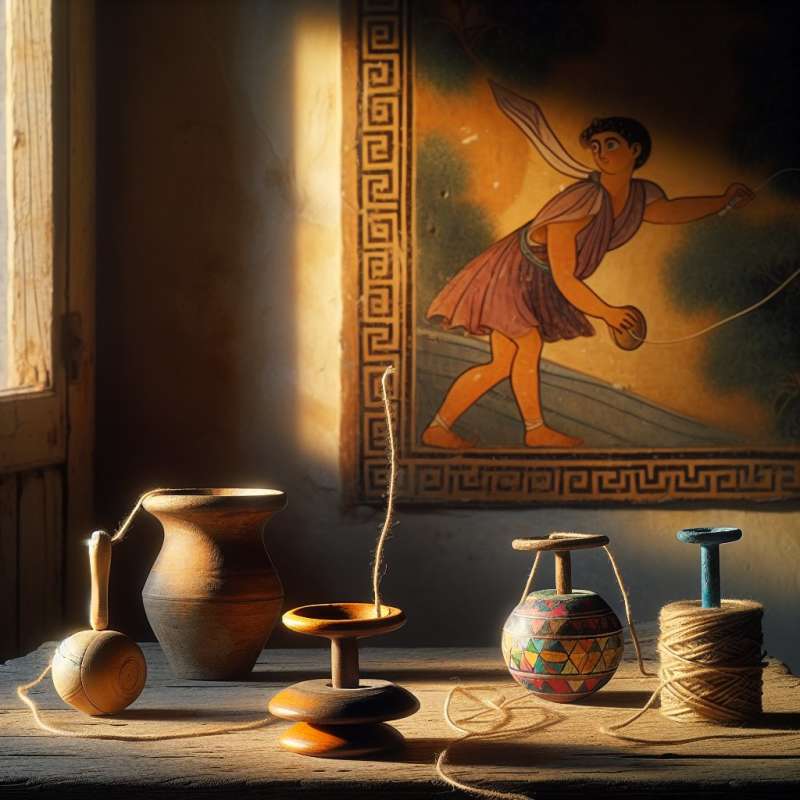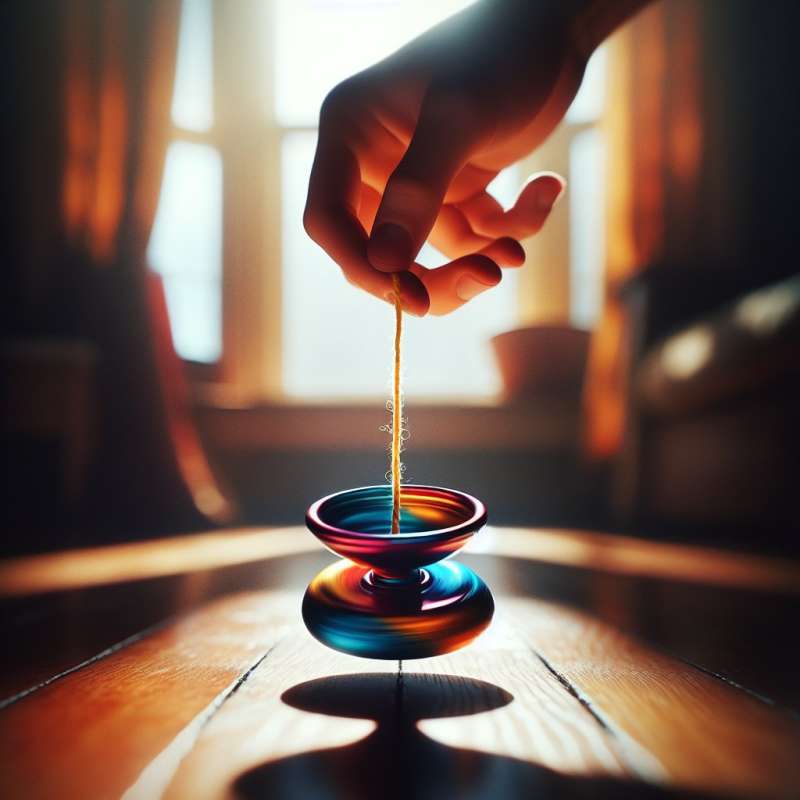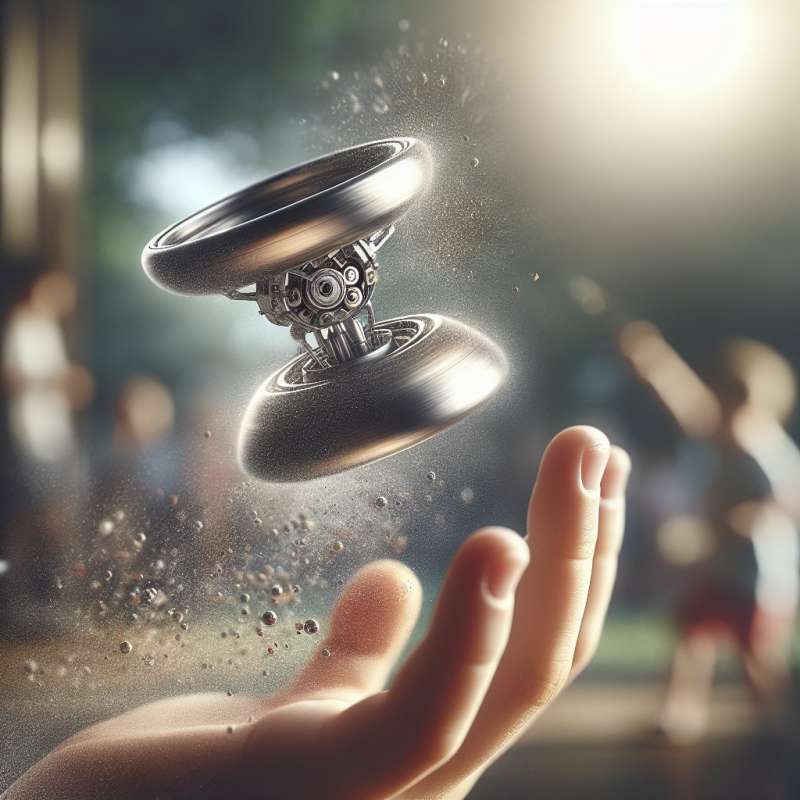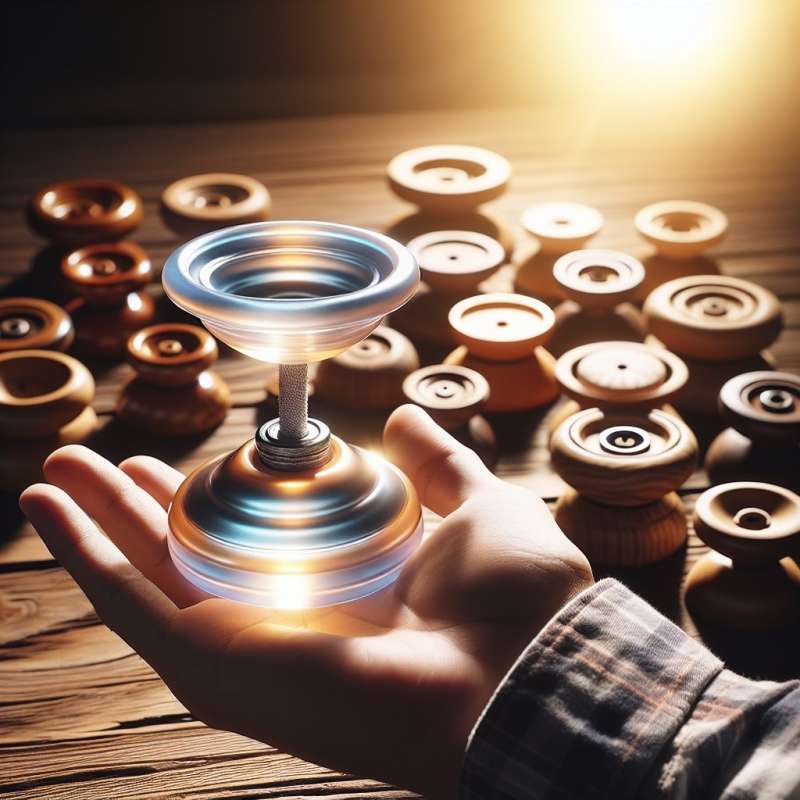
Yo-Yo: Historical Toy
Originating in ancient Greece, the yo-yo has evolved over 2,500 years. It was made from wood, metal, or painted terra cotta. A Greek vase painting from 440 BC even depicts a boy playing with a yo-yo.
Physics: Angular Momentum
A yo-yo utilizes angular momentum to spin. As it unwinds, potential energy converts to kinetic energy, maintaining rotation due to the conservation of angular momentum. Spinning continues until the energy dissipates, often through friction.
Yo-Yo String Mechanics
The string is looped around the axle without a knot, allowing it to unroll and roll up again. A 'sleeper' trick showcases this, where the yo-yo spins at the end of the string before rewinding.
Response System Innovation
Modern yo-yos have a response system, with silicone pads or O-rings in the yo-yo's body. These create friction with the string to facilitate the return to the player's hand, allowing for advanced tricks.
Ball Bearings: Less Friction
Today's yo-yos often incorporate ball bearings around the axle, reducing friction and enabling longer spin times. This advancement has revolutionized yo-yoing, making complex tricks and combinations possible.
Material Evolution
Materials have significantly impacted yo-yo performance. From the classic wooden designs to modern plastic and aluminum, each material offers different weight distributions, durability, and aesthetics, influencing the yo-yo's balance and spin time.
Competitive Yo-Yoing
Yo-yoing isn't just child's play; it's a competitive sport. The World Yo-Yo Contest showcases skilled players from around the globe, with categories like 1A (single yo-yo) to 5A (freehand), demonstrating intricate and mesmerizing routines.
Where did yo-yos originate?
Ancient Rome
Ancient Greece
Medieval Europe
Company